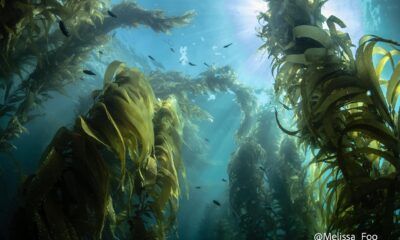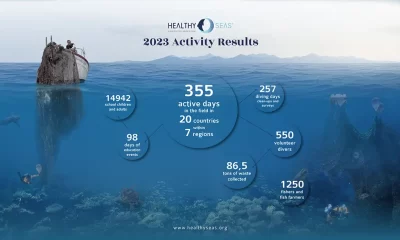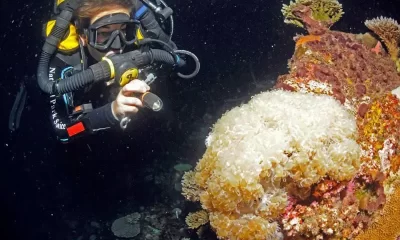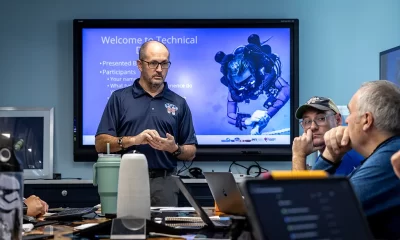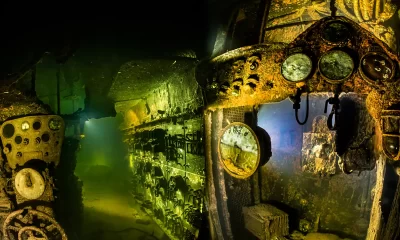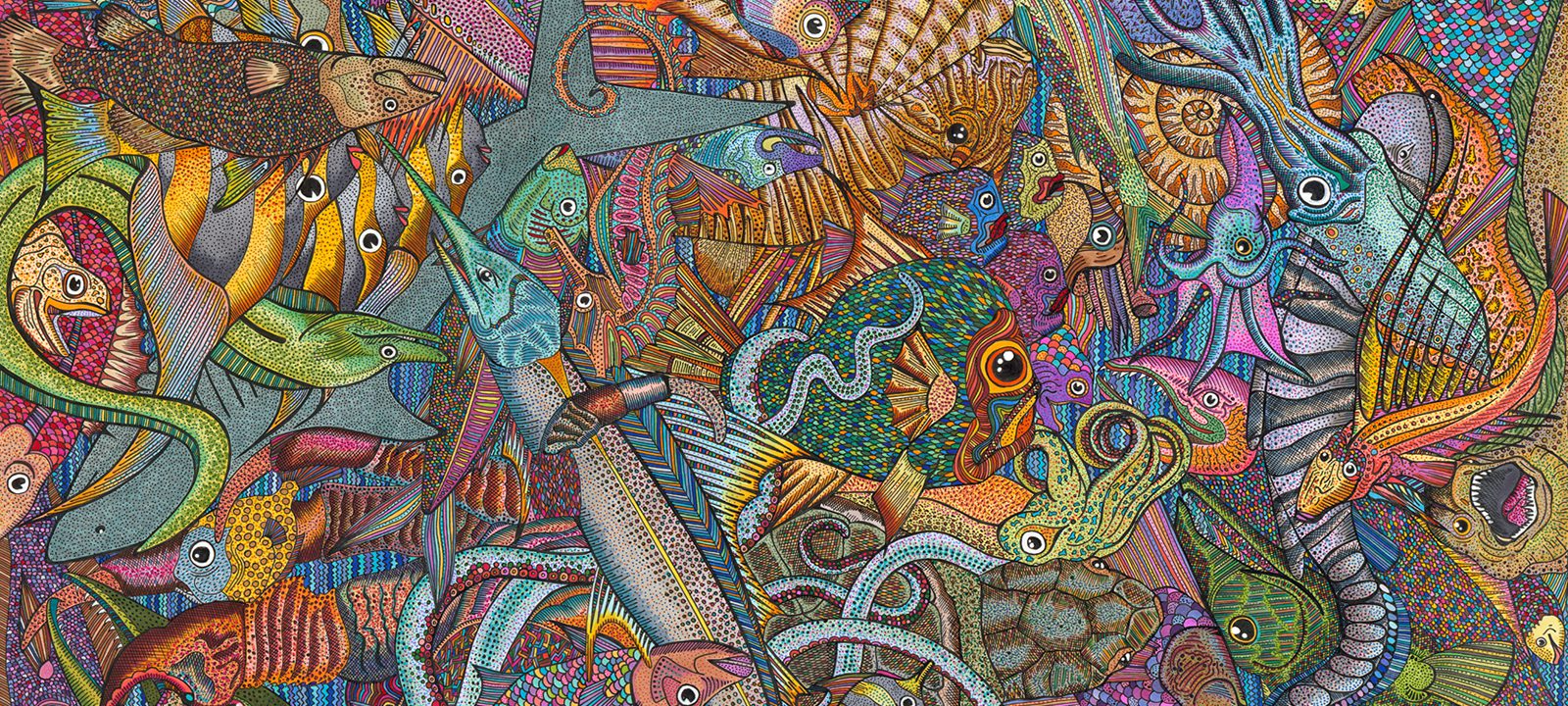
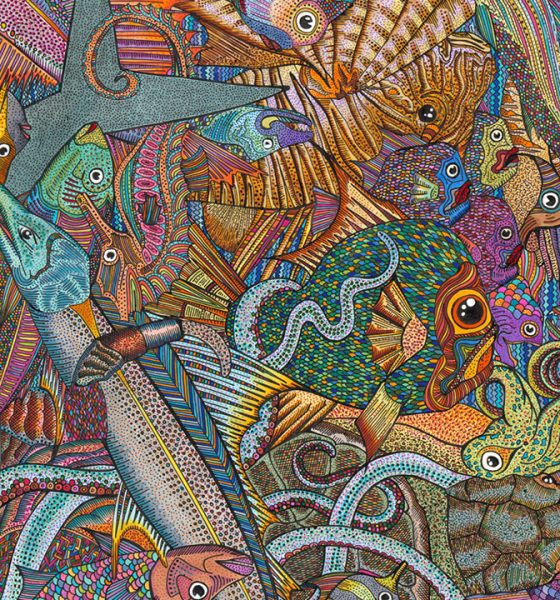
Art
Turn on, Tune in, Drop down
Groovy Aussie artist and diver Naomi Gittoes explores oceans of consciousness. Dig?
Art and text by Naomi Gittoes
It’s a pleasure and honor to share with you through words and images. My name is Naomi Gittoes. I’m an artist and diver and I have spent a lifetime inspired by the ocean.
Originally from a very special beachside town called Bundeena in Australia, I have been fortunate enough to have grown in and around the ocean and lived all over the world exploring incredible underwater seascapes, from the Caribbean to the Indian and Pacific oceans.
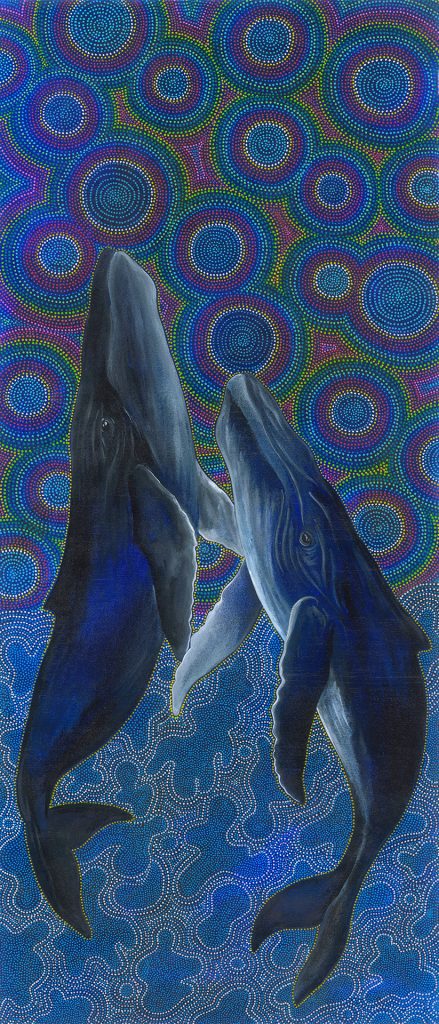
At 20 years old I left Australia to become a divemaster and specialist diver diving on the island of Utila in Honduras, then pursued more advanced technical diving and cave diving living and working in Mexico and having the cenotes at my doorstep. Simultaneously, around 2011, I became very interested in free diving and began formal training to become an instructor in Dahab, Egypt, under the expert guidance of Linda Paganelli and Lotta Ericson.
I could write so many articles about diving! So, I want to consolidate it to this one. I’ll choose one topic! I would like to share with you about my work as an artist and designer and the incredible connection I have discovered between freediving, art, and spirituality.
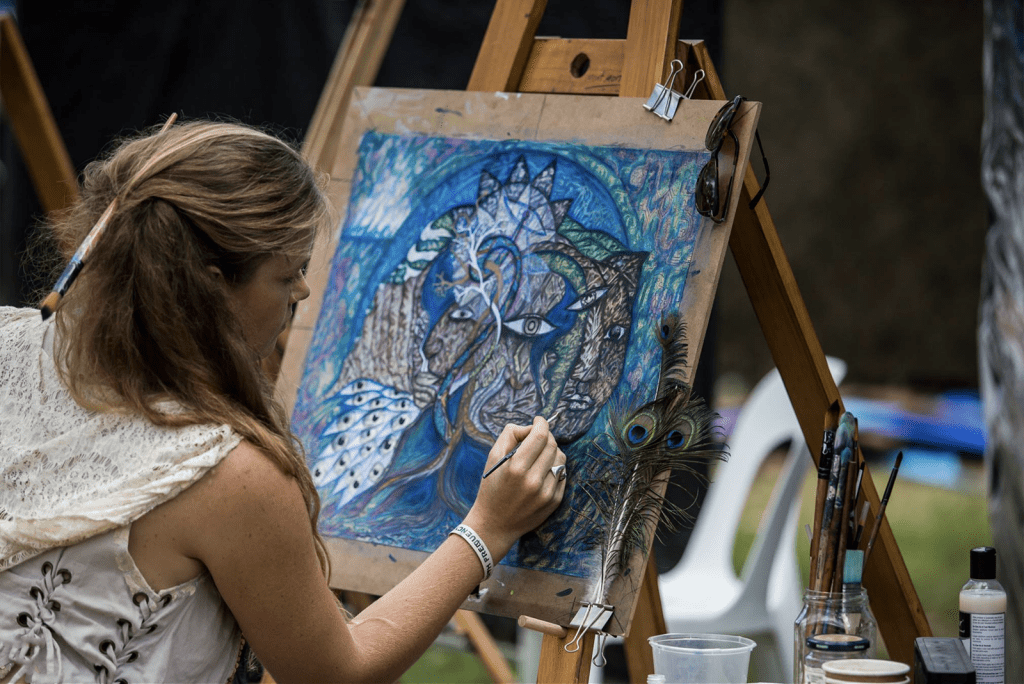
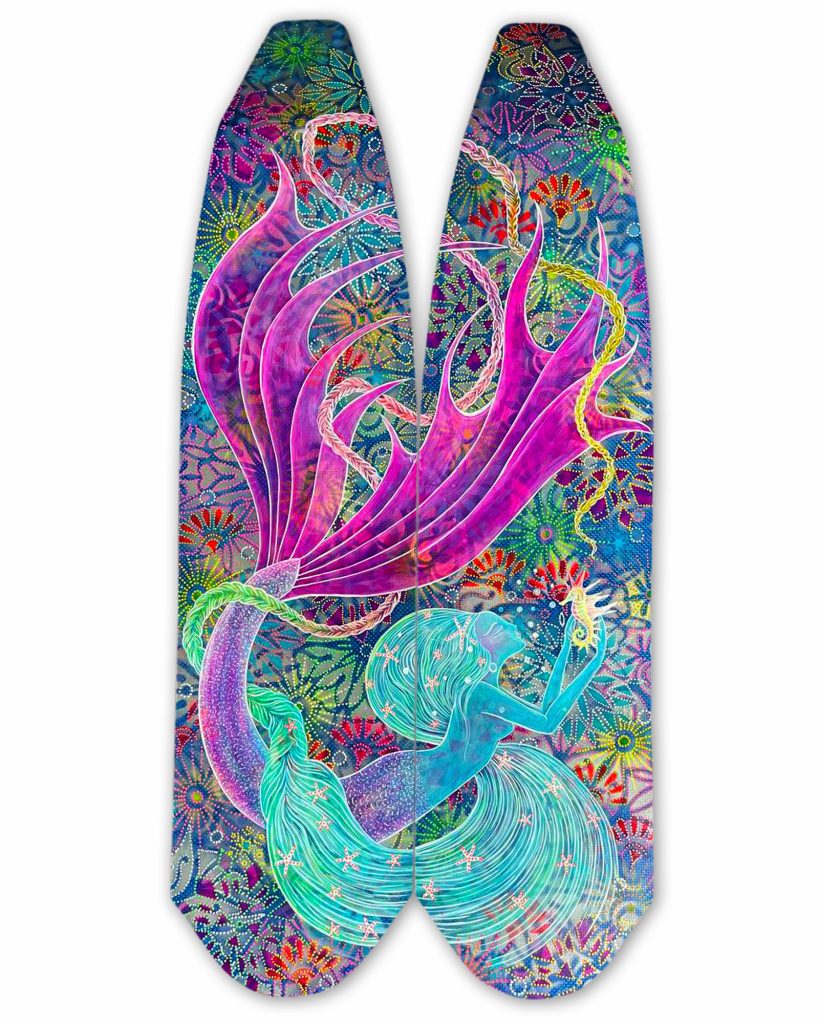
Through my work I connect freediving and art with the ability to experience something greater than oneself.
The creation and appreciation of art can tap into deep emotions, convey messages, and inspire us to see the world in new ways, and there is a deeply spiritual, mystical quality to my work that shows the relationship between tangible and visionary realms of experience.
The inspiration for my work comes from the ocean and its mysteries.
I create work that depicts the natural beauty, power, and fragility of life, as well as exploring realms of imagination and fantasy.
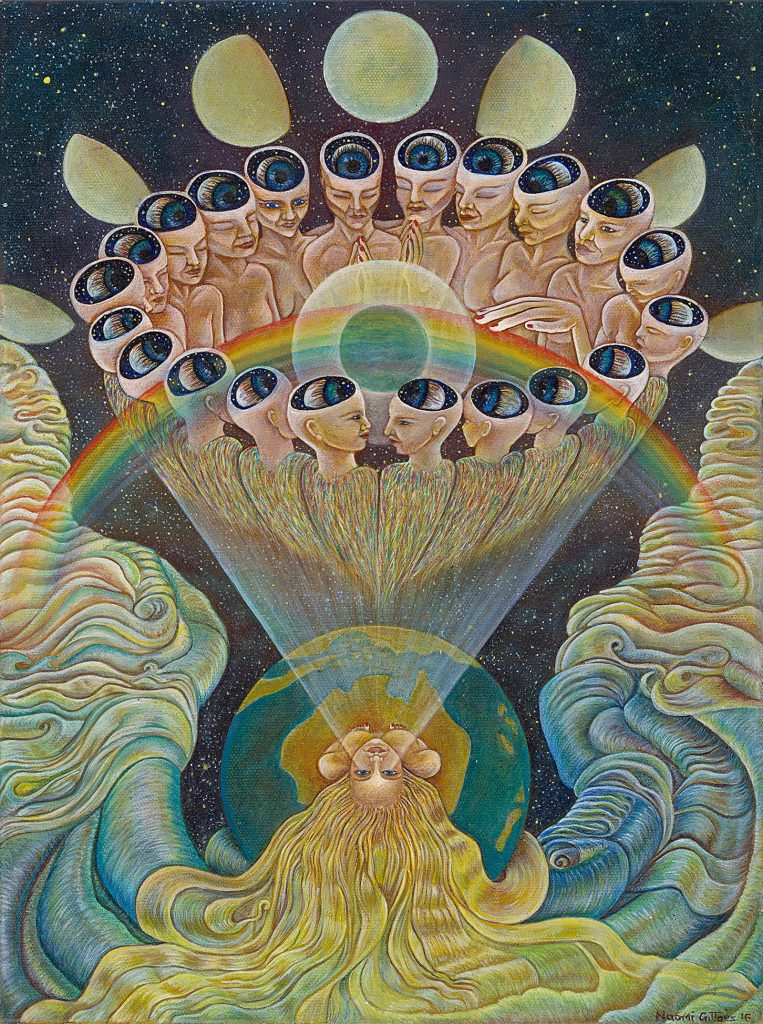
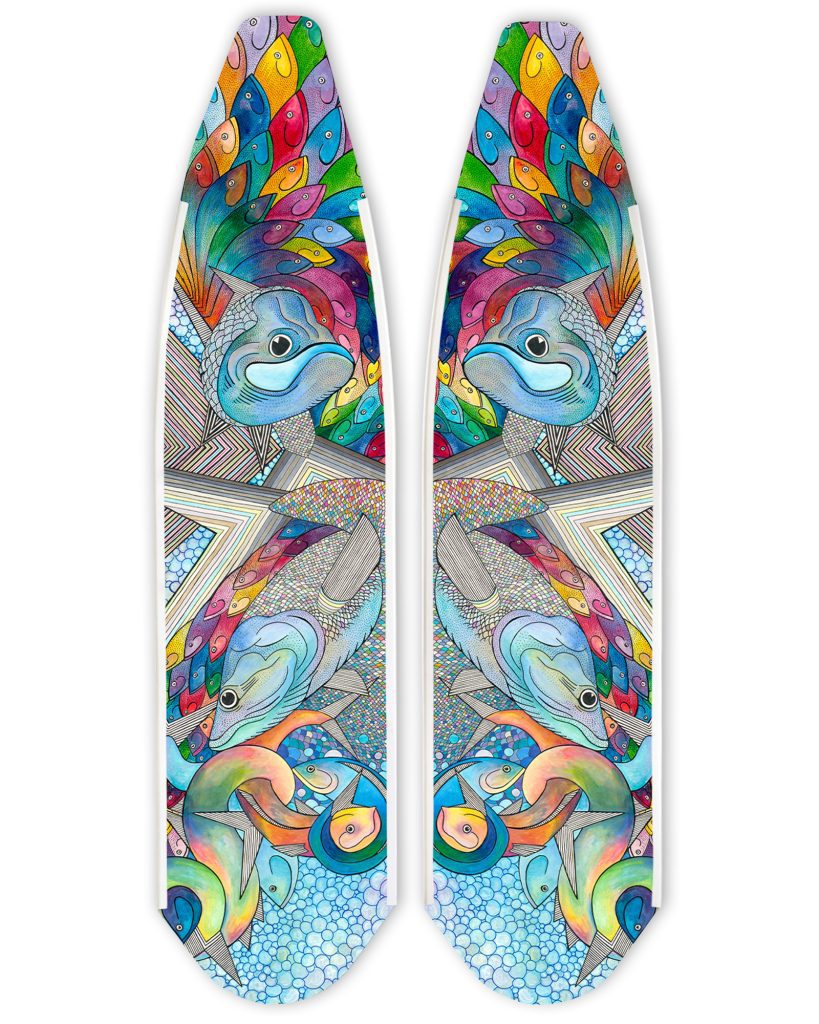
In turn, I hope for these works to inspire others to connect with all of life and the inner and outer realms of existence more deeply.
Many people from around the world are wearing the fins I have designed both the DiveR collection and my original custom made fins as well as the artwork on the eco fashion collection I have created.
These products carry with them a message to become advocates for ocean conservation and to find a deep and meaningful connection through the art and the playful nature of the soul.
As a freediver, I am excited to share the beauty and freedom that comes with exploring in a single breath.
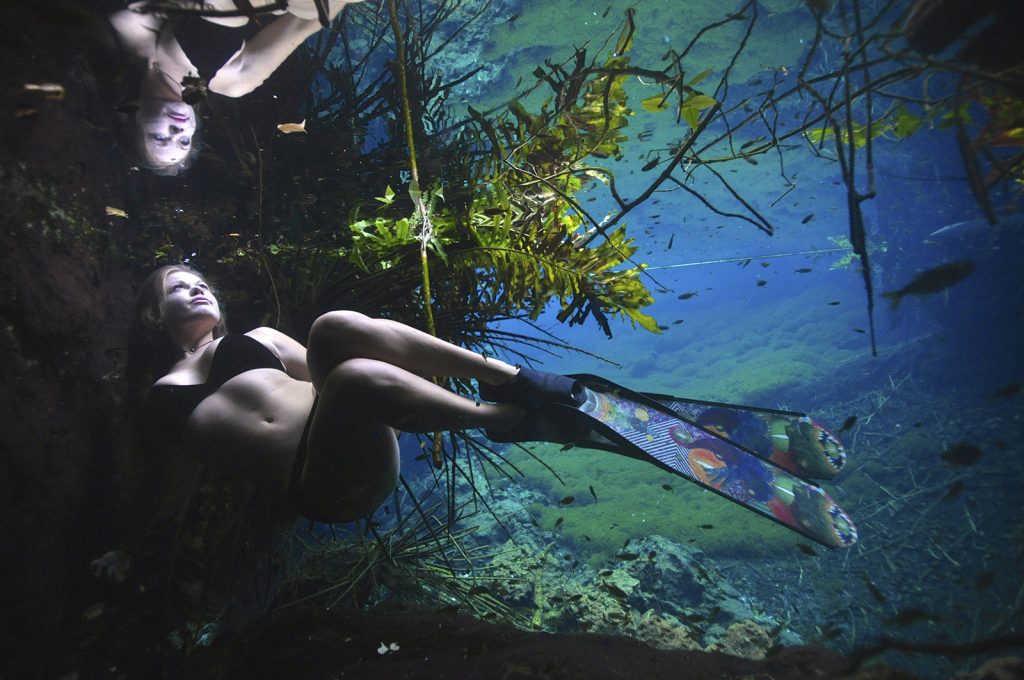
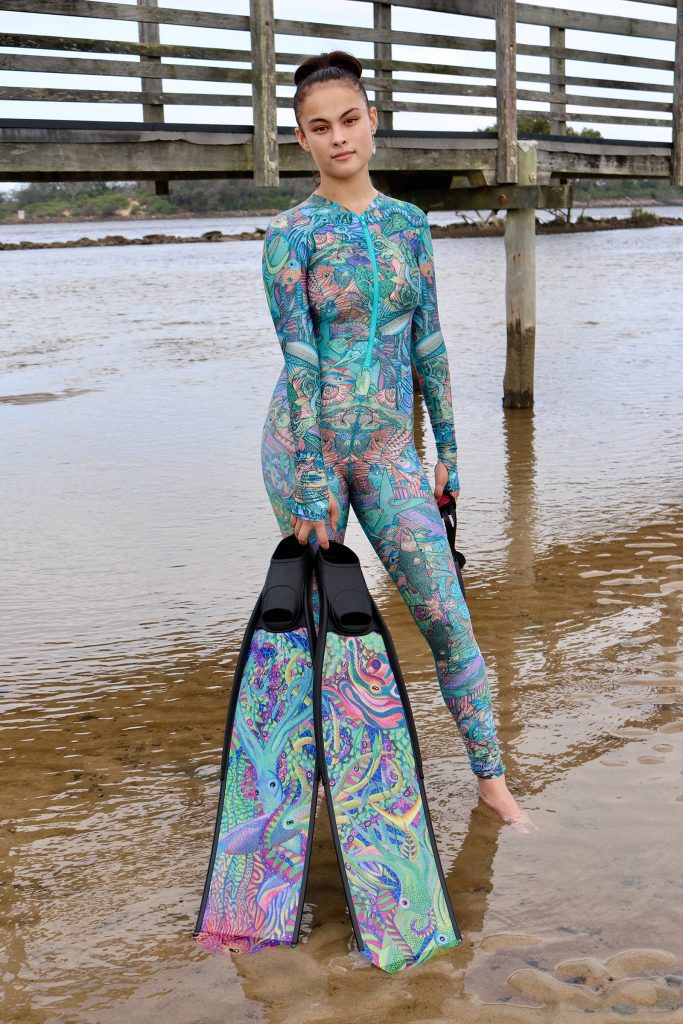
As an artist, I am constantly seeking inspiration for my work. I have found that freediving provides me with a unique and unparalleled source of inspiration.
One of the most inspiring aspects of freediving is the way it provides a way thousands to experience the world in a completely different way.
The colours, textures, and movement of the underwater world are unlike anything on land.
The way light filters through the water and illuminates the sea is truly magical.
The textures, geometry, and energy I experience in the natural world can be seen in the depictions painted in my designs.
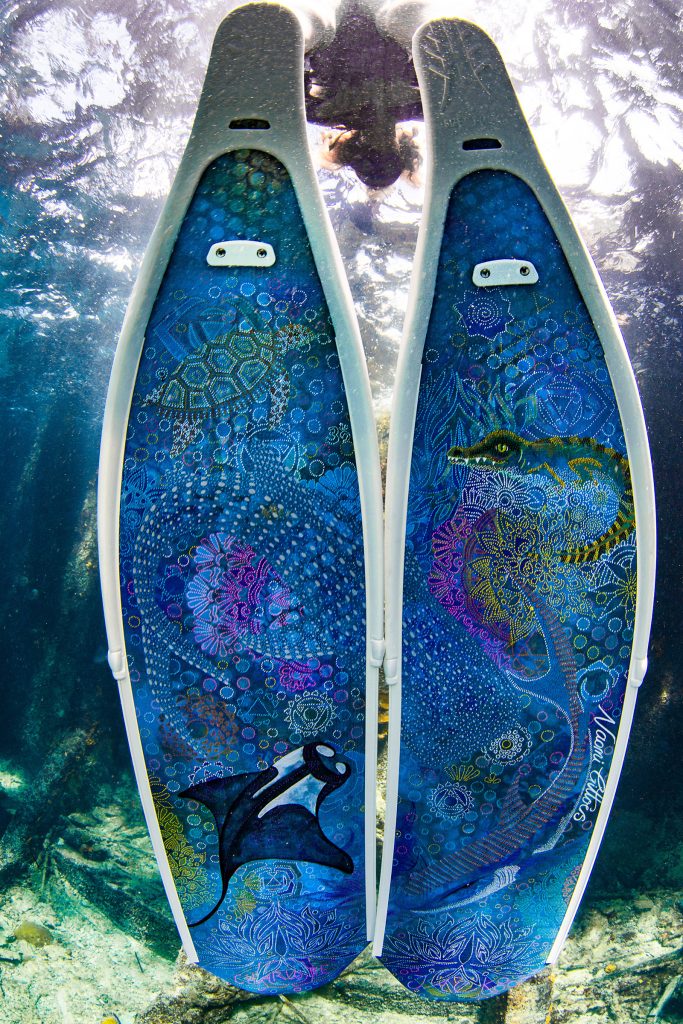
I believe art can be a powerful tool to create positive change in this world.
As free divers, our work is to become advocates for ocean conservation and awareness, this work can be deeply rewarding and is endlessly valuable.
I have had the privilege of experiencing thousands of hours underwater creating a career as a professional diver.
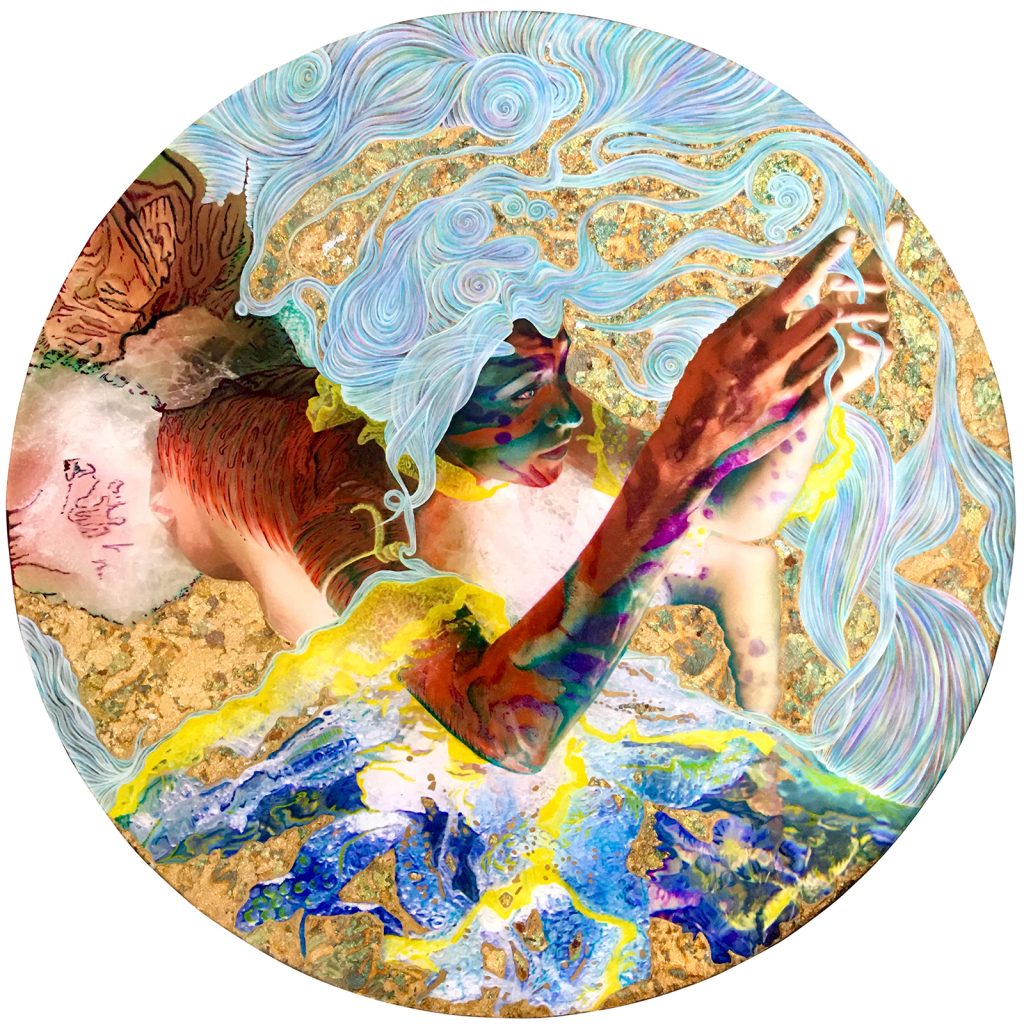
To honor the connection I have with the ocean and its treasures, I share my work with the world in many ways. I have worked with conservation movements and have collaborated with divers and ocean advocates all over the world with a similar vision to protect, educate, and inspire through our ocean and its diversity.
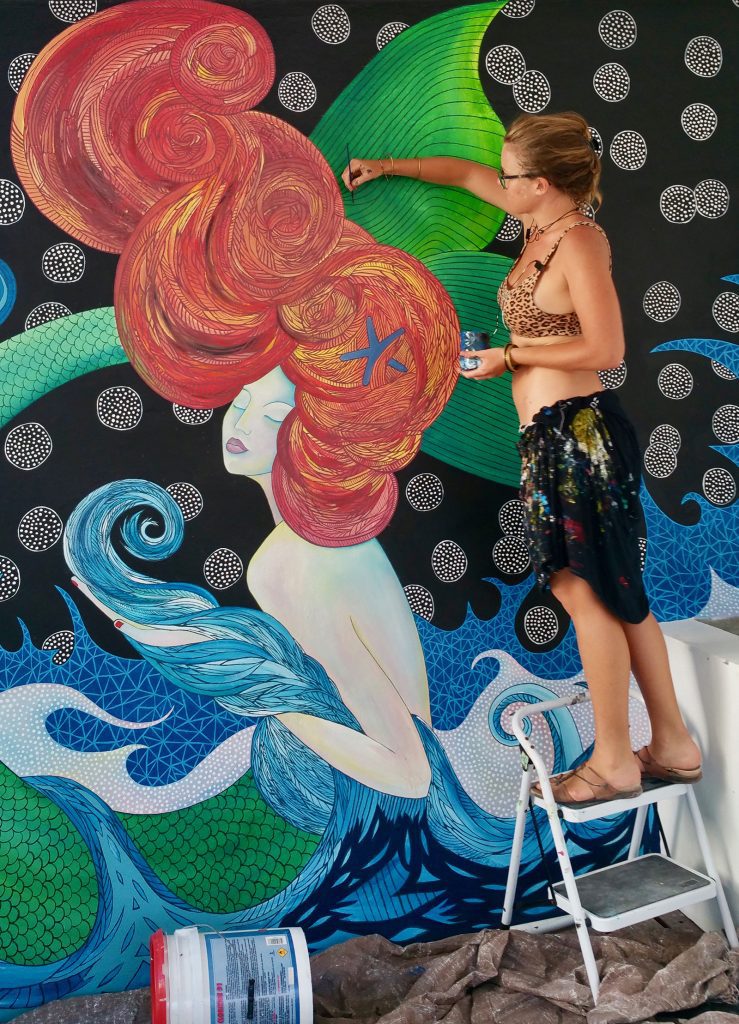
As we face a growing crisis in our oceans, it is more important than ever that we use art as a means of raising awareness and advocating for conservation.
More of my work can be seen on my social media pages and website with stories about projects past, present and future.
Thank you and Blessings,
Naomi Gittoes
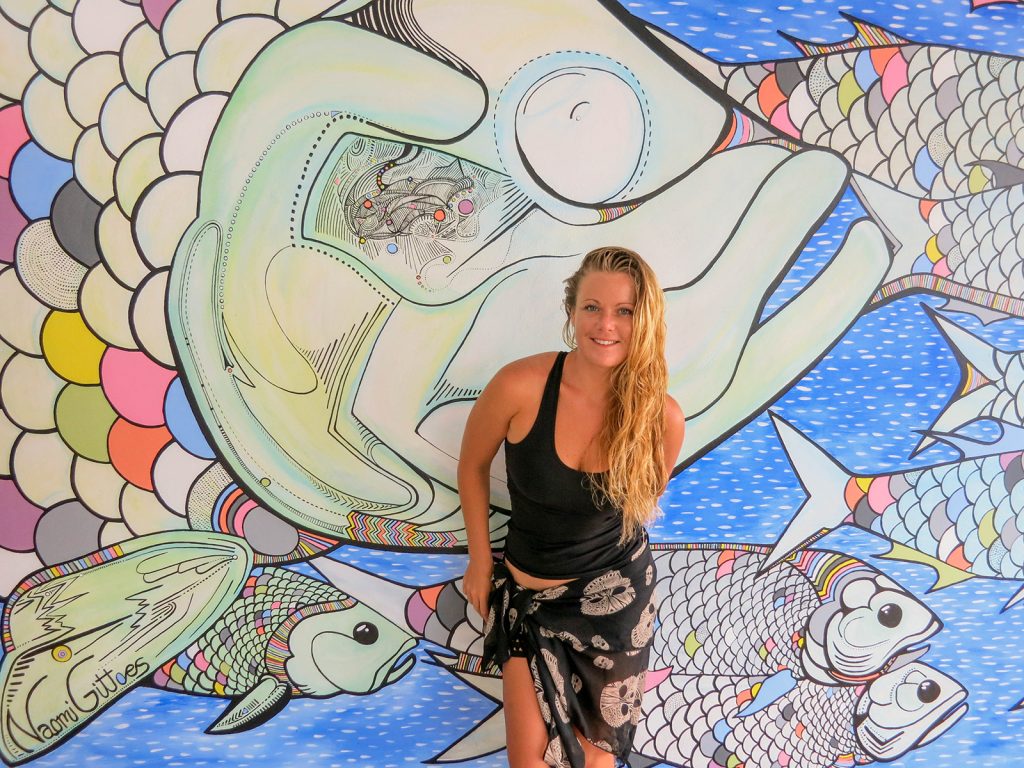
All email enquiries welcome [email protected]



















